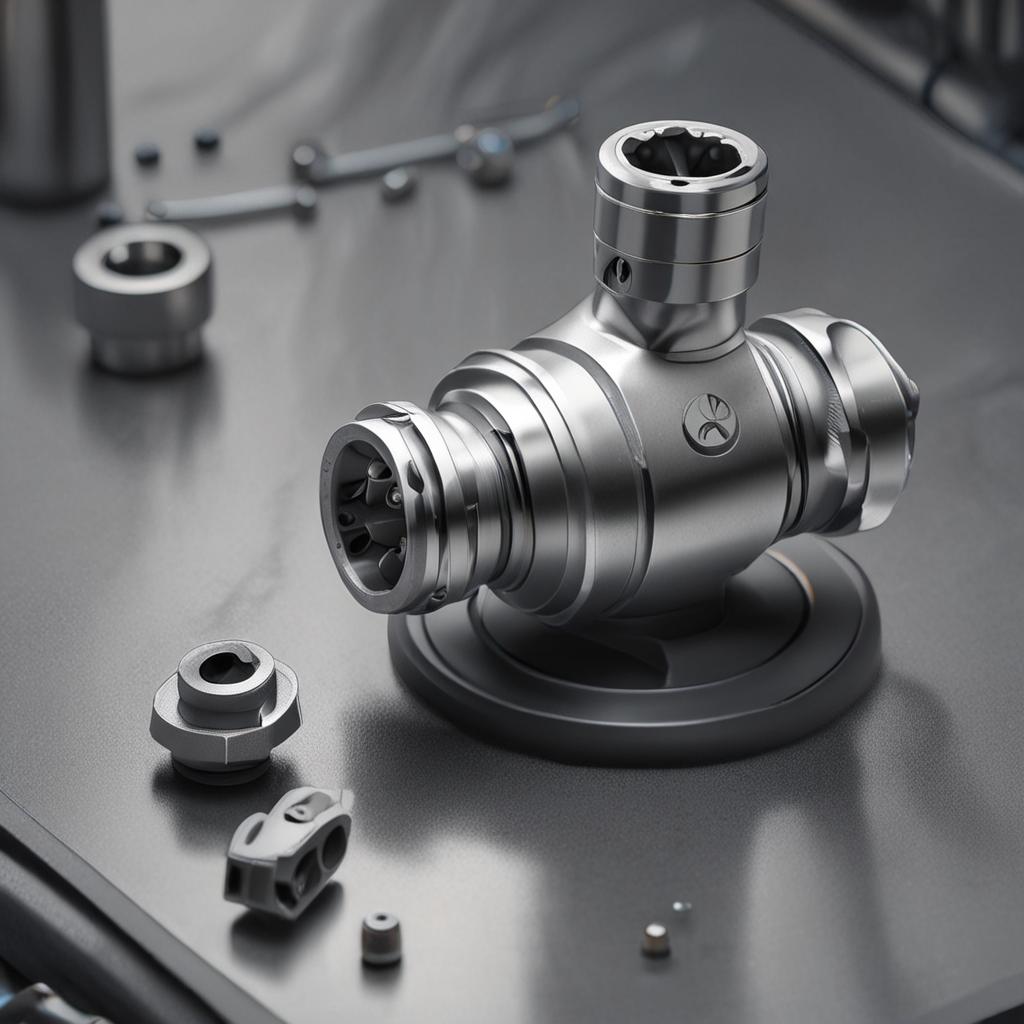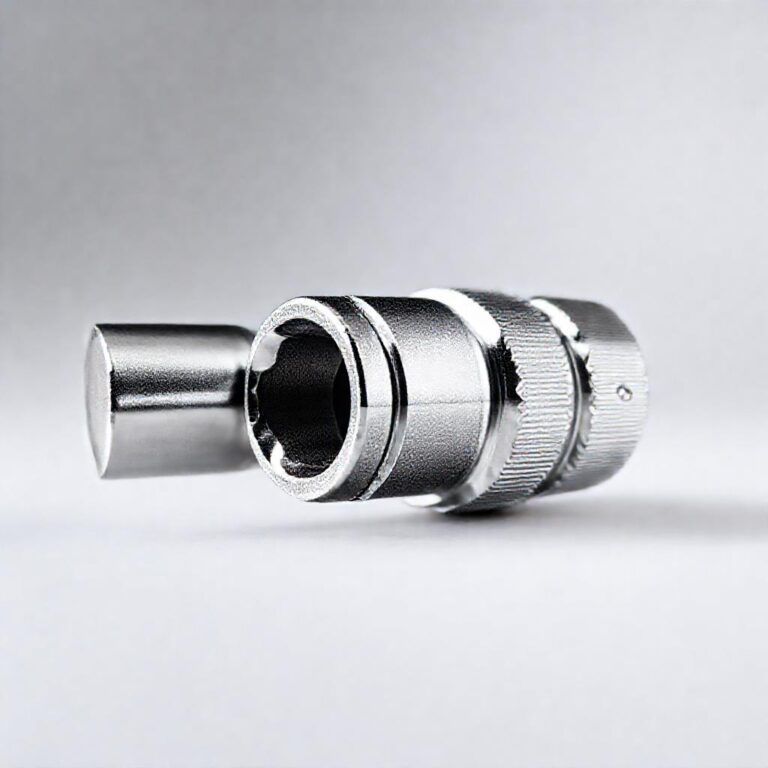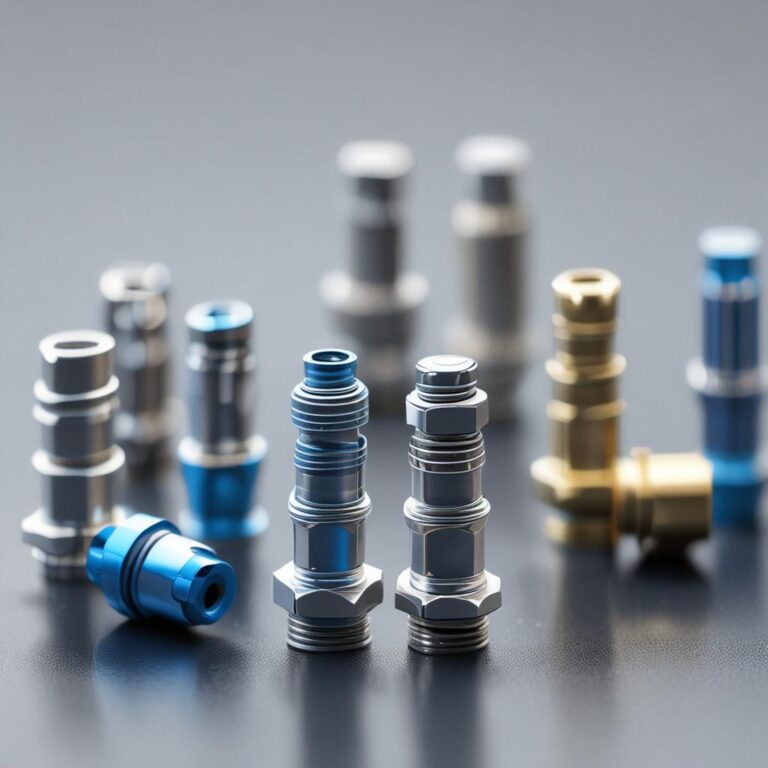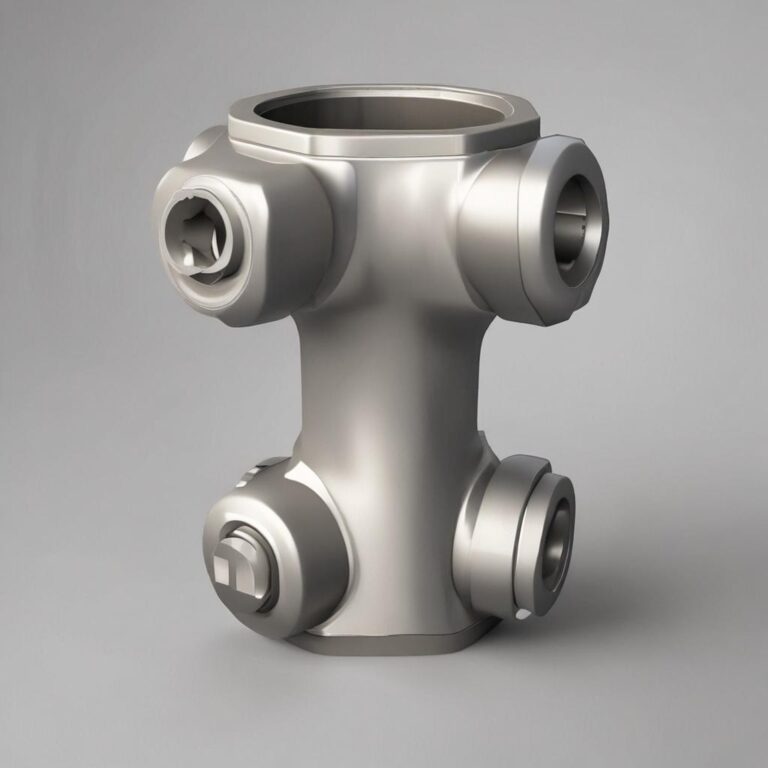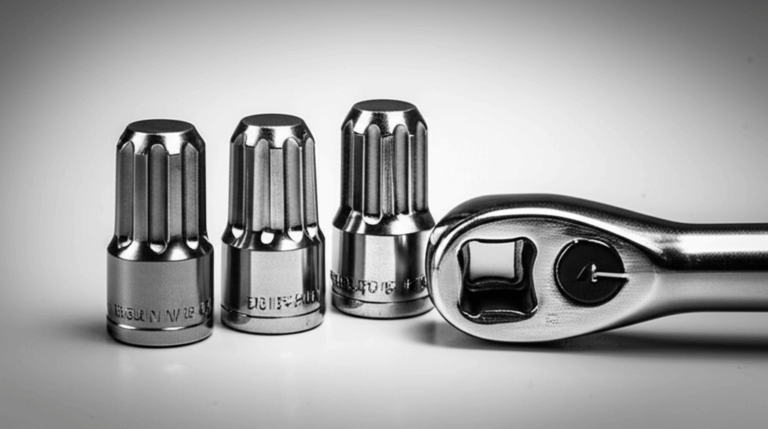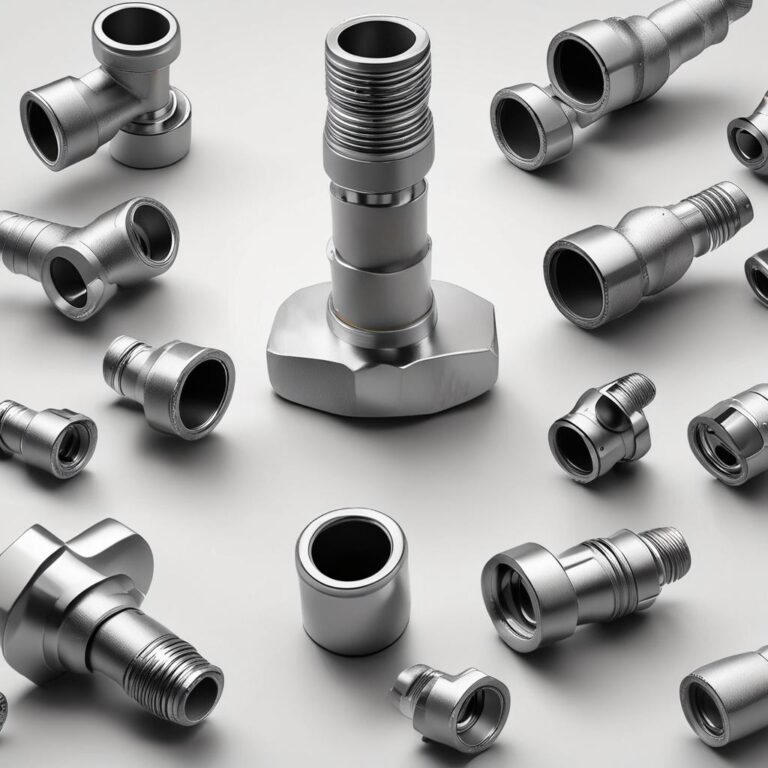Impact Universal Joint Socket Swivel
In the fast-paced world of mechanical engineering and industrial applications, the ability to transmit power efficiently across variable angles is crucial. Impact universal joint socket swivels have emerged as indispensable components in this domain, enabling smooth torque transfer even in confined or misaligned spaces. These versatile connectors are widely used across industries such as automotive, construction, and manufacturing, where reliability and flexibility are paramount. As machinery becomes more complex and performance demands increase, the role of impact universal joint socket swivels continues to expand, making them a cornerstone of modern mechanical systems.
Introduction to Impact Universal Joint Socket Swivels
Impact universal joint socket swivels are specialized mechanical connectors designed to transmit torque between two shafts that are not in a straight line. Their primary purpose is to accommodate angular misalignment while maintaining consistent power delivery, even under high-impact or fluctuating loads. This makes them particularly valuable in environments where precision and durability are essential.
The evolution of these components traces back to early drivetrain innovations in the automotive industry, where engineers sought solutions for flexible power transmission. Over time, advancements in materials, design, and manufacturing techniques have enhanced their load capacity, efficiency, and resistance to wear. Today’s impact universal joint socket swivels are engineered to withstand extreme conditions, including high torque, vibration, and temperature fluctuations.
These components are commonly utilized in the automotive, construction, and manufacturing sectors. In automotive systems, they enable drivetrain flexibility, while in construction, they support heavy machinery operations. Manufacturing plants rely on them for assembly line automation and tooling applications, underscoring their broad industrial relevance.

Understanding Impact Universal Joint Socket Swivels
What are Impact Universal Joint Socket Swivels?
An impact universal joint socket swivel combines a socket, a swivel mechanism, and a universal joint into a single integrated unit. The socket connects to a drive tool or fastener, the swivel allows rotational movement in multiple planes, and the universal joint enables angular flexibility between connected shafts. Together, these components facilitate smooth torque transfer even when alignment is less than ideal.
Operationally, the universal joint uses a cross-shaped yoke with needle bearings that allow each shaft to rotate independently while still transmitting power. The swivel component adds an extra degree of rotational freedom, making it easier to access tight or awkward spaces. This combination reduces stress on connected parts and minimizes energy loss during operation.
Compared to traditional rigid couplings or standard joints, impact universal joint socket swivels offer superior flexibility, reduced vibration, and improved torque efficiency. Their ability to function under impact loads makes them ideal for use with power tools and heavy-duty equipment, where sudden force spikes are common.
Types of Impact Universal Joint Socket Swivels
These components are available in several configurations, each tailored to specific performance needs. The most common classifications are based on design: single joint, double joint, and constant velocity (CV) types. Single joint swivels handle moderate angular misalignment and are often used in lighter applications, while double joint versions provide greater flexibility and are suited for more complex drivetrain setups.
Constant velocity universal joint socket swivels are engineered for high-speed applications where maintaining uniform rotational speed is critical. These are frequently found in automotive axles and precision machinery, where vibration and pulsation must be minimized. Their design ensures smooth power delivery across a wide range of angles.
Application-specific variants include high-torque models for industrial machinery, corrosion-resistant versions for outdoor or marine use, and compact designs for confined spaces. Industry-specific adaptations—such as reinforced joints for construction equipment or lightweight alloys for aerospace applications—further demonstrate the versatility of these components.
Applications and Industries
Automotive and Vehicle Applications
In the automotive industry, impact universal joint socket swivels play a vital role in drivetrain systems. They are commonly found in rear-wheel and four-wheel drive vehicles, where they connect the transmission to the differential, allowing power to be transmitted despite constant changes in axle angle due to suspension movement.
Beyond vehicle operation, these swivels are essential in automotive manufacturing and repair. Assembly lines use them in robotic arms and torque tools to install bolts and fasteners in hard-to-reach areas. Mechanics also rely on universal joint socket adapters when servicing engines or undercarriage components, where direct access is limited.
Vehicles such as trucks, SUVs, and off-road machinery heavily depend on these components for reliable performance. Even high-performance sports cars utilize advanced CV-type universal joint swivels to maintain power delivery without vibration at high speeds.
Construction and Manufacturing Applications
Construction equipment like excavators, cranes, and loaders utilize impact universal joint socket swivels to transfer power between misaligned components in hydraulic and drivetrain systems. These machines operate in rugged environments, so the swivels must endure dirt, dust, shock loads, and continuous movement—all of which modern designs are built to handle.
In manufacturing, these swivels are integrated into automated production lines, robotic tooling, and conveyor systems. They enable flexible power transmission in assembly robots that require multi-axis movement, ensuring consistent torque delivery during fastening, welding, or material handling tasks.
Examples include CNC machines using swivel joints in tool changers, and packaging systems where rotating joints allow continuous operation without cable or hose tangling. Their durability and adaptability make them a preferred choice across diverse industrial platforms.
Maintenance and Repair
Best Practices for Maintenance
To ensure longevity and peak performance, regular maintenance of impact universal joint socket swivels is essential. A recommended inspection schedule involves checking the components every one to three months, depending on usage intensity and operating conditions.
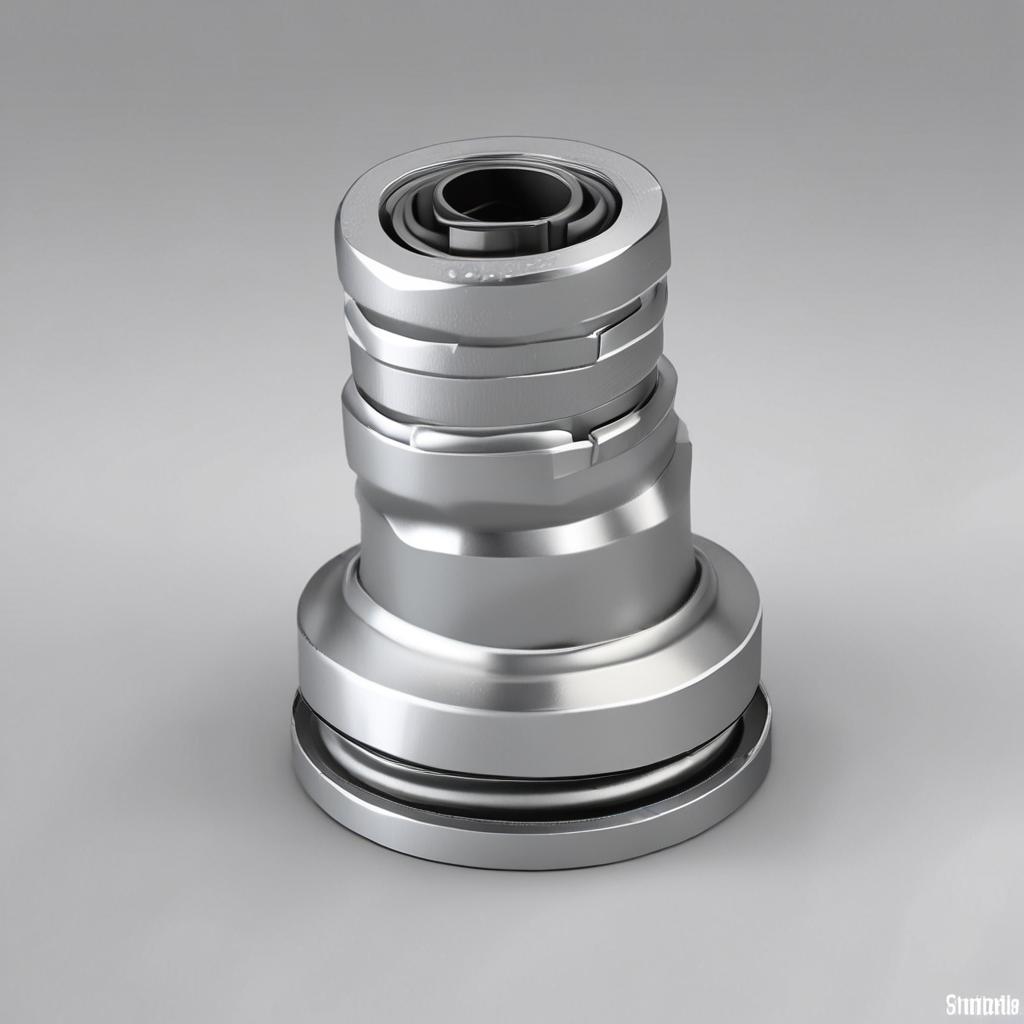
Cleaning the swivel and joint areas removes accumulated debris and prevents abrasive wear. Applying high-quality grease or lubricant to the needle bearings and pivot points reduces friction and protects against corrosion. It’s important to use lubricants specified by the manufacturer to avoid compatibility issues.
During inspections, look for play or looseness in the joint, cracked housings, or leaking seals. Early detection of these issues can prevent costly downtime and equipment damage. Keeping a maintenance log helps track wear patterns and plan proactive replacements.
Common Issues and Repair Techniques
One of the most common signs of a failing impact universal joint socket swivel is excessive vibration during operation. This may be accompanied by clunking or clicking noises, especially when starting or stopping motion. Reduced torque transmission efficiency and visible grease leakage are also red flags.
To address these issues, begin by disconnecting the power source and removing the component from the system. Inspect all moving parts for wear, paying close attention to bearing condition and joint play. If damage is minor, replacing worn needle bearings or seals may restore functionality.

For severely damaged or corroded units, full replacement is recommended. Tools such as socket wrenches, bearing pullers, and torque drivers are typically required. Always follow manufacturer guidelines during reassembly to ensure proper alignment and secure mounting.
Conclusion
Impact universal joint socket swivels are critical components that bridge the gap between power sources and driven systems in dynamic mechanical environments. Their ability to transmit torque efficiently across variable angles makes them invaluable across industries—from automotive drivetrains to heavy construction machinery and automated manufacturing lines.
With various designs available—including single, double, and constant velocity types—these swivels can be tailored to meet specific performance demands. Proper maintenance, including regular inspections and lubrication, ensures they operate reliably and last longer, minimizing unplanned downtime.
As technology advances, the future of impact universal joint socket swivels looks promising, with innovations in materials, smart monitoring, and customization driving further improvements. For engineers, technicians, and industry professionals, understanding and leveraging these components is key to building more efficient, resilient mechanical systems. Explore how integrating the right swivel joint solution can enhance your operations today.
FAQ
What is the primary advantage of using an impact universal joint socket swivel?
The primary advantage is the ability to transfer power and motion through variable angles without significant loss of efficiency or speed, making them versatile for a wide range of applications.
How often should impact universal joint socket swivels be maintained?
Maintenance frequency depends on usage, but regular inspections should be conducted every 1-3 months, with cleaning and lubrication as needed, to prevent wear and tear.
Can impact universal joint socket swivels be customized for specific applications?
Yes, many manufacturers offer customization options for impact universal joint socket swivels, allowing them to be tailored for specific torque requirements, speeds, and environmental conditions.
What are the common signs indicating that an impact universal joint socket swivel needs to be replaced?
Common signs include noticeable vibration, decreased performance, unusual noises, and visible wear on the components. If any of these signs are observed, the component should be inspected and possibly replaced to prevent further damage.
Are impact universal joint socket swivels suitable for high-speed applications?
Yes, certain types of impact universal joint socket swivels are designed for high-speed applications, offering constant velocity and minimal vibration, making them suitable for use in high-performance machinery and vehicles.

